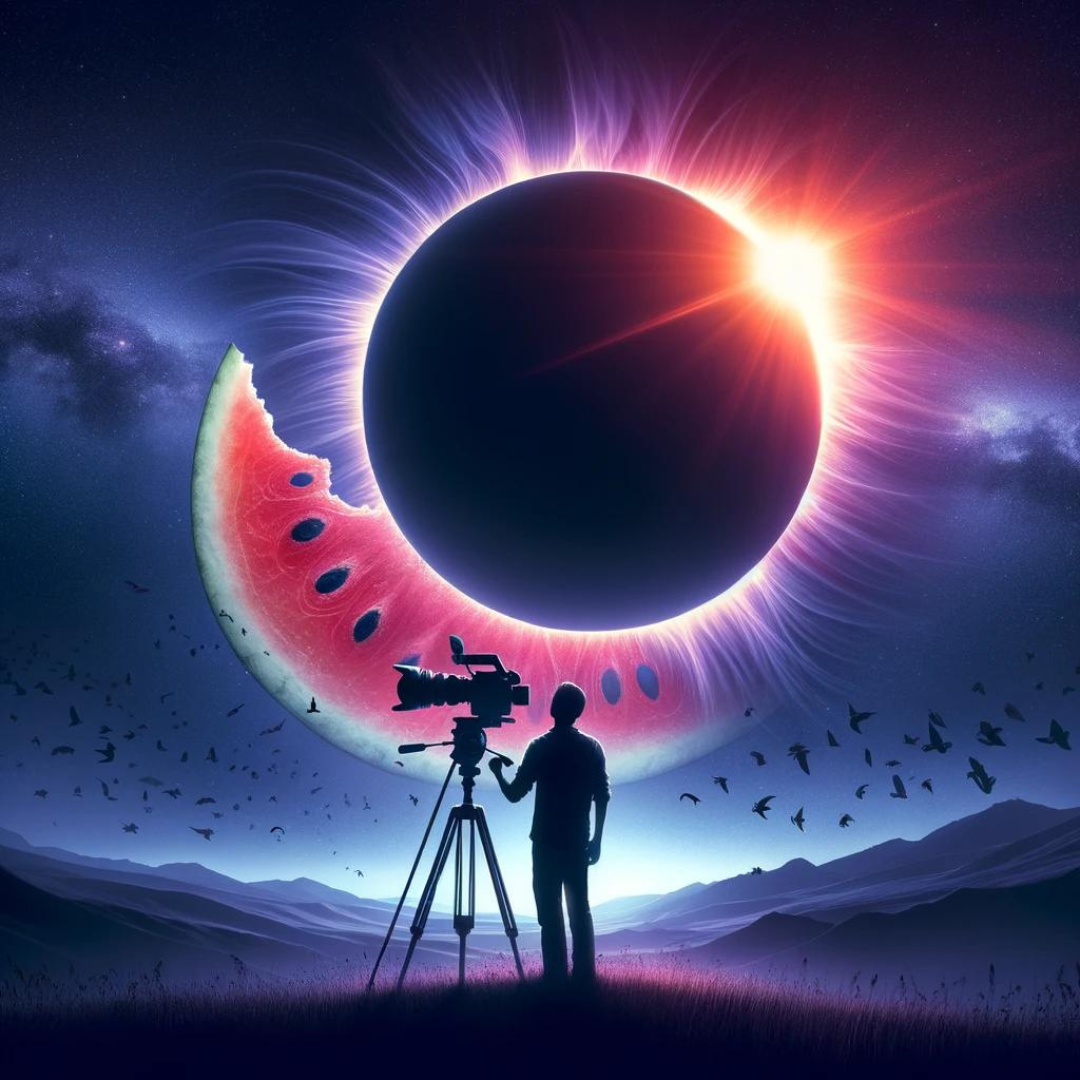
On April 8th 2024, millions of people across America came out of their homes to experience a once-in-a-lifetime event – a total solar eclipse. This mesmerizing spectacle is the result of the moon’s shadow appearing to block the sun’s light, creating a dramatic, albeit fleeting, shadow across the sky. What’s even more amazing is that the total solar eclipse presents an unusual opportunity for photographers and filmmakers to capture something extraordinary. The final few seconds of the eclipse’s partial stage, known as the totality phase, is an awe-inspiring and beautiful event to behold.
Understanding the Basics
As the moon moves between the sun and the Earth, the shadow is cast and is referred to as an “umbral shadow.” What viewers see during this time is a golden corona around the sun. The totality phase is the part of the eclipse where the sun is completely covered by the moon, and darkness descends upon the Earth. This period lasts for only a few minutes, but it can be the most stunning and beautiful part of the eclipse.
How to Film the Totality Phase
Capturing the totality phase of a solar eclipse on film is an exciting opportunity, but it takes careful preparation and planning. The first step is to ensure that you have the right equipment. A high-definition video camera or a DSLR camera with video recording capabilities will give you the best results. In addition, it’s important to remember to bring a tripod to hold your camera steady; you’ll be filming for several minutes without disturbing the camera.
When it comes to exposure and focus, it is important to keep in mind the changing light conditions. A solar shade is a good piece of equipment to have to protect your camera from direct sunlight while capturing the totality phase. Engage your camera’s autofocus feature and let it adjust itself to the lighting conditions. If you are shooting with a DSLR camera, set it to manual mode to control your exposure settings. Start with a lower ISO setting and a slow shutter speed, but be prepared to adjust these settings as the totality phase approaches.
What to Look for in the Final Product
When filming a solar eclipse’s totality phase, it is important to capture the entire event beginning with the partial phase to the point of darkness. A time-lapse video is a great way to capture the complete event in a few minutes. As the eclipse progresses, you’ll notice the color and intensity of the corona changing as it gets closer to totality. Keep your camera steady, and stay focused on the sun to capture the golden corona in all its glory.
Fine-Tuning the Results
Once you have captured the totality phase, you’ll want to fine-tune your video to showcase the sights and sounds of this extraordinary event. Add background music to help set the scene and use editing software to adjust the video’s exposure, color, and brightness. Add in footage of the changing shadow as the eclipse progresses to give your video depth and interest.
Prepare to be Mesmerized
Filming the totality phase of a solar eclipse can be a daunting task for even the most experienced filmmakers. However, the sheer beauty and the magical quality of a solar eclipse make it an unforgettable experience. Whether you are a casual photographer or a professional filmmaker, capturing the eclipse’s totality phase can be a rewarding and memorable experience. With the right equipment and a little bit of preparation, you can create a stunning video that captures all of the majesty and beauty of this awe-inspiring event.
